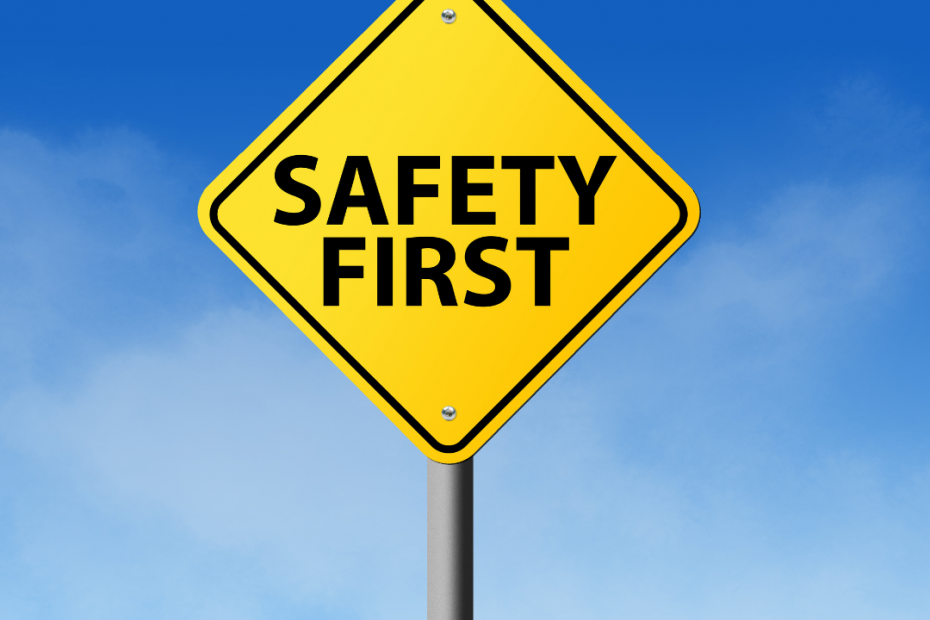Workplaces need to ensure that they are implementing up-to-date health and safety procedures so that every employee and employer is able to feel safe and secure when they are working. Every workplace needs health and safety training, as well as continuous risk assessments to see if there is anything that can be done to make workplace health a number one priority.
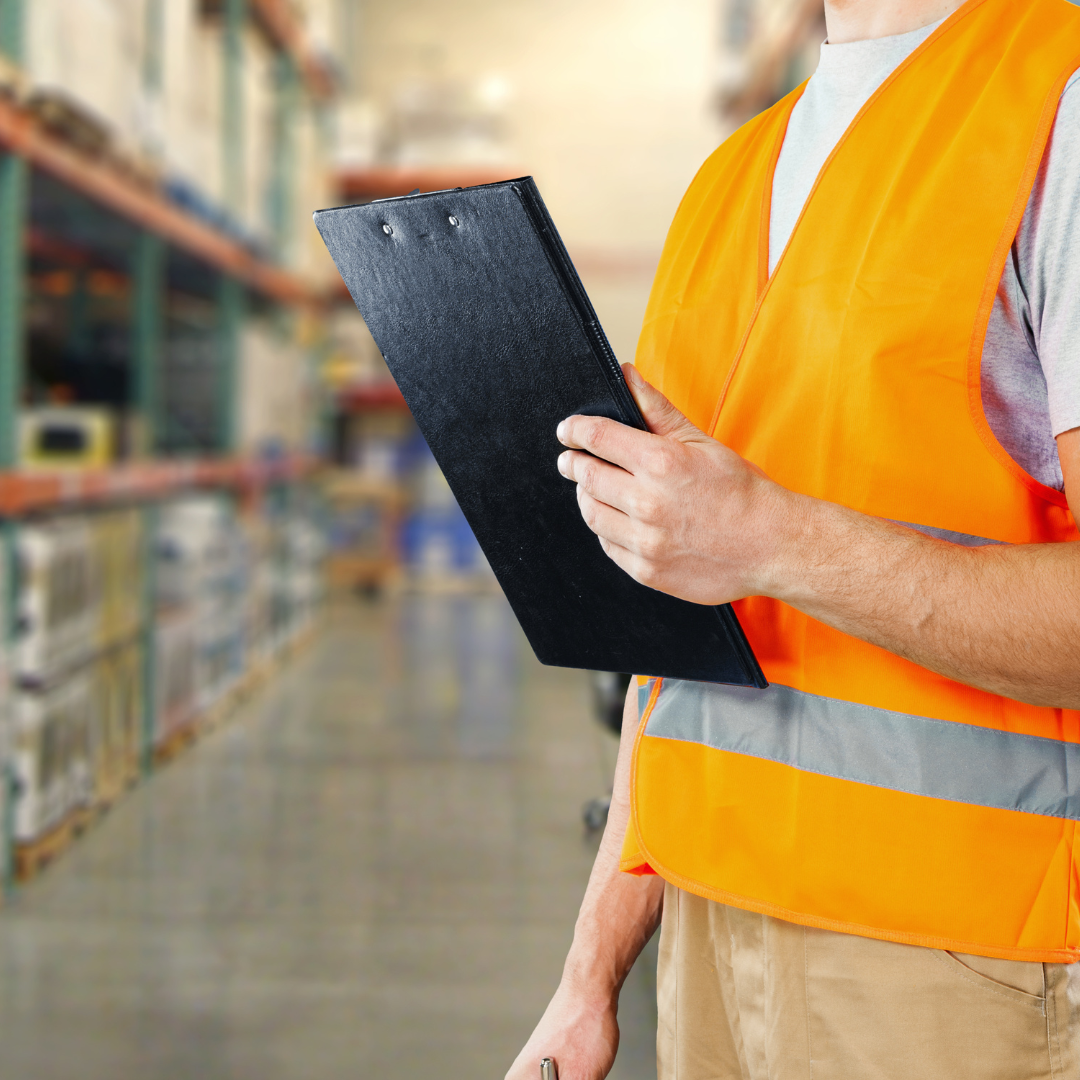
Who are the Responsible Parties?
When it comes to health and safety, Street Satety, fire safety, etc., it is important to note that no one person or team is responsible for workplace safety, but rather everyone plays a part in making where they work a safe place for people. However, employers need to ensure that there are policies in place for employees to follow.
Employer Safety Responsibilities
Owners, managers, and CEOs, will have the main responsibility for putting in a health and safety policy for co workers to carry on within their day-to-day duties.
Risk Assessments
Employers are responsible for doing risk assessments to follow health and safety guidelines and identifying any safety risks or simmering safety issues, that need to be rectified as soon as possible. They may do it themselves or bring someone in to complete it for them. No matter what, they are required to have more responsibility for this than their employees. The order in how this is done is as follows –
- Identify hazards
- Assess the risks
- Control the risks
- Record the findings
- Review the controls
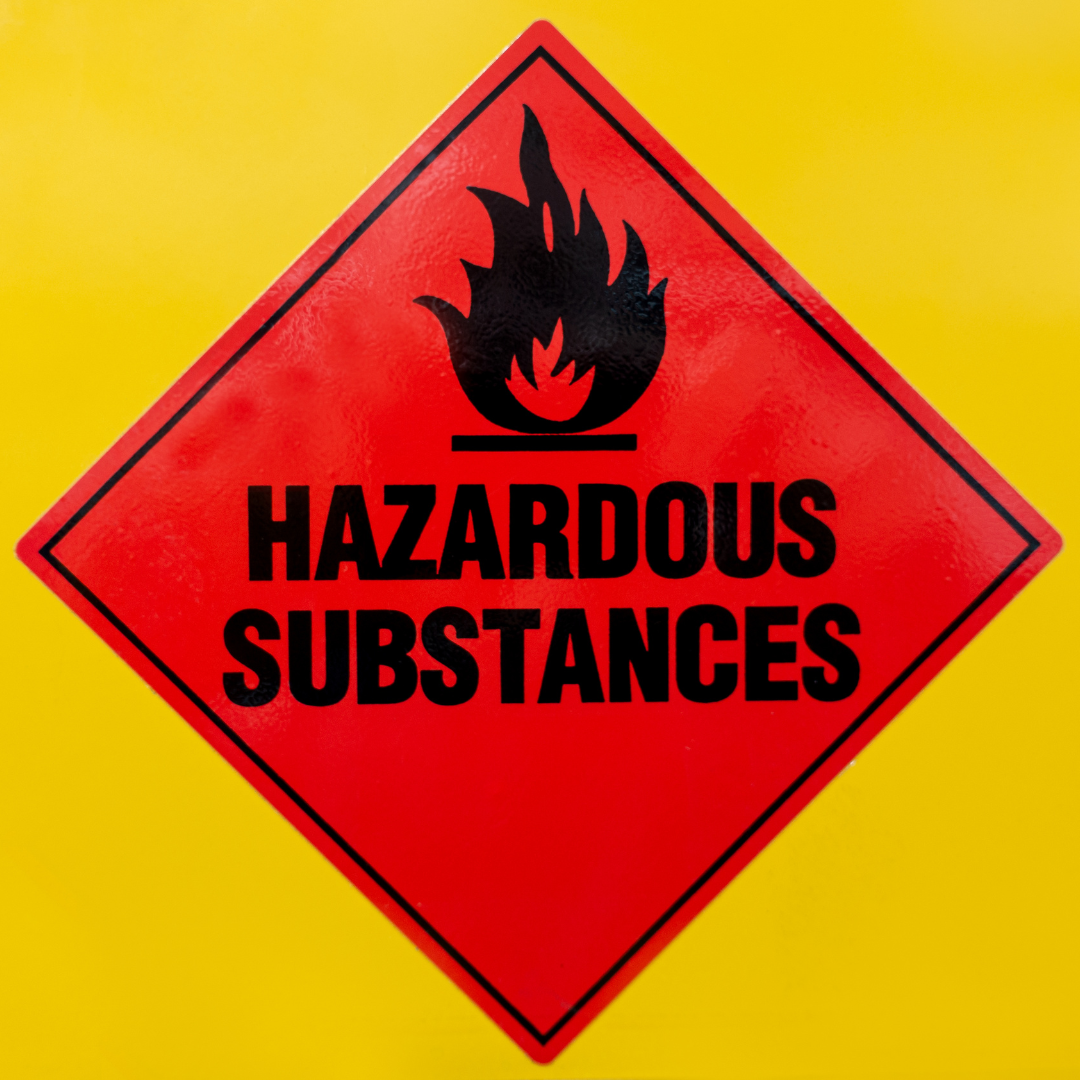
Going through the workplace and sorting through any pressing health and safety issues will mean a safer working environment and make staff aware of what they need to look out for if it is a hazard that came from an employee oversight.
Employees may be doing something they don’t realize, it is key that employers hold those accountable and provide the correct safety information as well as provide training to keep employees safe, otherwise a lawsuit could arise. Regular risk assessments do need to take place.
Vetting Contractors
If any building work needs to be done within the workplace, senior staff will need to research and select contractors that are knowledgeable on health and safety responsibilities as well as the correct safety procedures within that particular environment.
If they are not aware of safety regulations, then they could put employees at risk and will be held accountable for their actions, which could bring about legal issues. Employers have a legal requirement to keep employees safe.
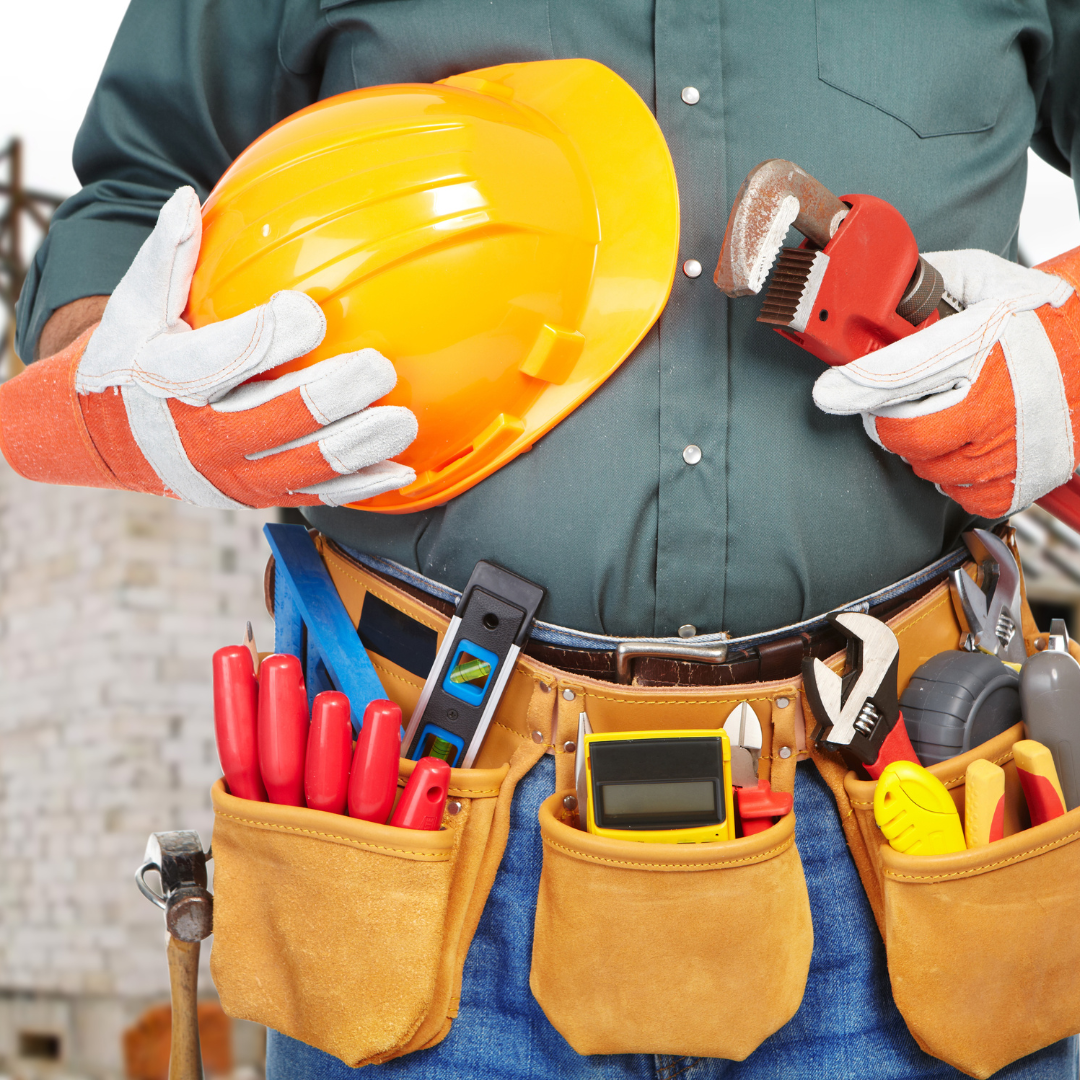
Write Health and Safety Policies
It is also a legal requirement for employers to write up a health and safety policy for the workplace to follow. This applies to companies with more than five employees. It is also essential that they communicate the health and safety procedures to the team, so they are not only written down but shown too.
For example, if new equipment is brought into the office, they need to have training on it, as well as be responsible for when they use it, also what to do if it starts to cause a hazard, and who they should notify as soon as possible to ensure that the right safety procedures are being followed.
Health and Safety Poster
Providing health and safety information is essential within a workplace. The poster will display what the responsibilities are, as well as what to do in case of an incident, such as if a fire breaks out.
Who is Responsible for Fire Safety in the workplace?
Building on from this, if a fire were to start during working hours, then employees will need to know where the fire extinguishers are, what the fire safety plan is, if there are any more potential fire hazards that could exacerbate the issue, and where they need to go.
There should be an assigned fire marshal who has had updated fire marshal training and fire safety training and knows exactly what safety instructions need to be followed at this time. Posters will help those who are not fire marshals to do the right thing, but there should always be someone trained within the workplace.
Safety Equipment & PPE
Employers have to make sure that the right personal protective equipment is in the office at all times, and that employees are using them as and when needed in the correct manner. This includes things like first aid kits, fire blankets, gloves, aprons, full-body suits, and so on. This has to be provided for free as it is a requirement of a health and safety-conscious workplace.

Health and Safety Training
It is essential that employees have all the knowledge required to understand and implement health and safety procedures in their environment. Moreover, it is necessary that they have the access to modern safety training programs, which, by the way, can be opted from firms like Safety Management Group, to meet the correct safety standards that the workplace needs. Therefore, as it may appear, it is the employer’s responsibility to provide access to the necessary training resources for all the employees in the workplace. At best, employers can enroll the workers in an effective program that could prove to be beneficial in their line of work. That said, an employer could seek outside assistance for certain types of training such as Fall Protection Training or Oilfield Safety Training so that employees are taught the right way.
Some employees may be assigned certain health and safety sections to be ‘head’ of, or just take charge when needed, such as fire safety, hazard perception, or first aider. They may work alongside the employer with doing a fire risk assessment or conducting specific safety duties when asked.
Employee Safety Responsibilities
Employees need to be aware of and care for their work environment too, their responsibilities won’t be as many as their employers, but they still need to have suitable training as well as be responsible for the care of others, so that everyone can work together to make the workplace health and safety compliant.
Following the Necessary Training
Employees need to follow the health and safety training that their employers provide. Training will give them the essential knowledge they need to carry out things like fire safety, disability safety, and other health and safety responsibilities that are vital.
They need to apply this knowledge to their everyday workday, by taking notice of anything that may be flagged as an issue. Some employees may need to be trained in specific areas, especially if they are the ones using things like machinery and equipment.
Keep Updated
Health and safety policies can change over time depending on the workplace and new rules coming out from the government. So employees need to keep updated and read up on any changes to employee handbooks or posters. Health and safety matters, and taking care of their own health, as well as others, will make whatever space they are in a safe and risk-free one.

Working With Employers
Employees and employers need to work together so that the existing premises are always safe. Safety in the workplace is not something that falls on one person, it needs collective input. Everyone is responsible for fire safety and health safety.
Reporting Safety Risks
If there is faulty equipment, unsecured hazardous materials, a non-substantial first aid kit, a broken fire extinguisher, or any health and safety problems, employees need to let those in charge know as soon as possible, because if it is left then it has the potential to get worse and cause a health hazard to other employees or anyone coming into the workplace.
Industry Health and Safety Policy
Every industry will have its own health and safety responsibilities and procedures that they will need to ensure training for everyone involved. Here are a few industries below and the policies that they have to implement to provide health and safety compliance.
Construction
Construction sites can be incredibly hazardous especially as there is a lot of machinery around, as well as materials and substances that can cause injury if not properly handled. Construction companies need to make sure COSHH (Control of Substances Hazardous to Health 2002) is appointed to each site, as well as produce the correct PPE, full training on the machinery, how to administer first aid, and what the fire safety plan is in case of a fire in the location.
Hospitality
The hospitality industry ranges from cafes to event planning so it covers a lot of ground. Normal policies within this industry would include training for burns and scalds, alcohol, contact dermatitis, event safety, fire safety, fatigue, hazardous materials, and slips and falls. These will be covered by a safety representative of each so they get the full scope of how to work safely whether they are in the kitchen or setting up an event.

Healthcare
The healthcare industry is one that has a lot of hazards attached to it due to the serious nature of this sector. Infection control is needed to make sure doctors, nurses, receptionists, porters, and so on, are establishing that they are following the correct protocols in handling needles, infectious materials, contamination bags, etc., and disposing of them through the right channels.
PPE is important to push in health and safety training, missing out on the right protective equipment could put a worker at risk. The right pair of gloves (from somewhere like https://unigloves.co.uk/), a full body suit, and other precautionary measures should be taken while at work. Each clinic, hospital, and health center have legal duties that they must uphold so that workplace health is not overlooked.
Retail
Working within retail will be busy and have long hours which has the potential to cause hazards if proper training is not implemented. Entrances and exits must be clearly labelled, fire alarms have to be in working order, fire extinguishers will need to be updated and proper training must be done on equipment and machinery for all workers.
Cross over
Every industry will have health and safety responsibilities that they need to implement, and as you can see from the handful above, some of them do cross over because they will need similar training. Whether it is workplace fire safety education or risk management procedures, being workplace safe is always an important part of any business strategy.
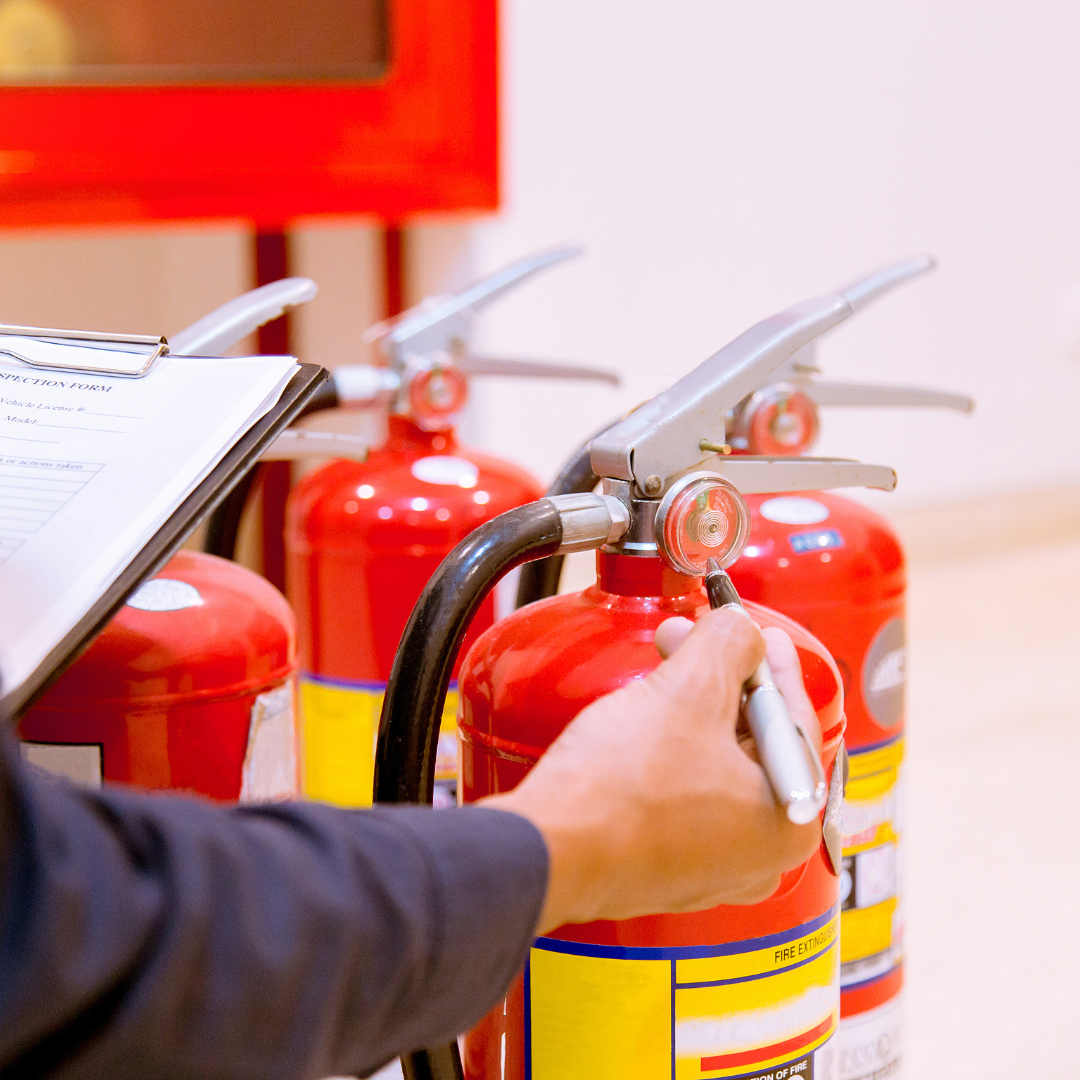
Conclusion
Hopefully, this article has answered the question “who is responsible for health and safety in the workplace?” as well as offered up some more information on how important workplace health and safety is.
